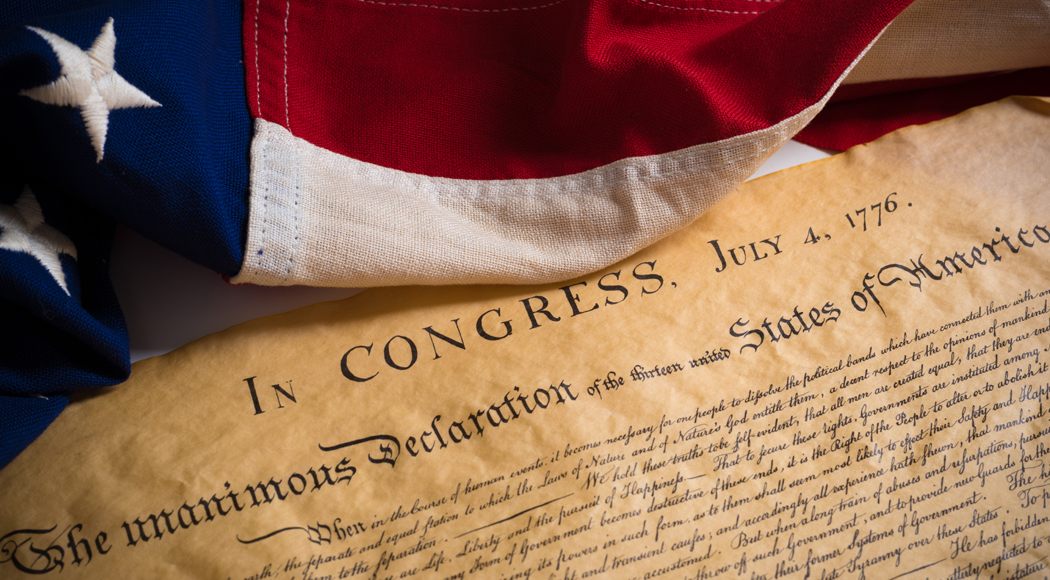Think you know all there is to know about the Declaration of Independence? Here are seven facts you may not have known about the historic document.
1. It Wasn’t Signed on July 4
Only two men signed the Declaration of Independence on July 4. The signatures of John Hancock and Charles Thomas, president and secretary of the Second Continental Congress, respectively, were on the first version. Most of the other 54 men signed on Aug. 2 after a more legible version was written on parchment.
2. Only 12 Colonies Voted in Favor on July 4
On July 4, representatives from 12 of the 13 colonies voted in favor of independence. Delegates from New York didn’t officially give their support until July 9 because their home assembly hadn’t yet authorized them to do so.
3. Hundreds of Copies Distributed in the Colonies
After the Declaration of Independence was adopted on July 4, hundreds of copies were printed at the shop of John Dunlap, a Philadelphia printer. The copies were distributed to the colonies. Known as “Dunlap broadsides,” only
26 of these copies exist today.
4. The Liberty Bell Signaled the First Public Reading
The ringing of the Liberty Bell drew the public to Independence Hall on July 8, 1776 to hear the first public reading of the Declaration of Independence. The iconic crack came decades later, following years of heavy use.
5. George Washington Started a Riot
As commander of the Continental forces in New York, George Washington read the document aloud to a crowd gathered at City Hall. Roused by the reading, the crowd tore down statue of King George III and had the metal melted down and shaped into 42,000 musket balls for the American army.
6. It Contains a Mysterious Note
A simple message is written upside-down and across the bottom of the signed document: “Original Declaration of Independence dated 4th July 1776.” No one is certain who wrote the words, but it’s assumed they labeled the document which was frequently rolled up for transport.
7. Fort Knox Served as a Temporary Home
In the weeks following the Japanese attack on Pearl Harbor in 1941, the signed Declaration of Independence was moved to Fort Knox. Under the supervision of armed guards, the document was packed in specially designed containers, padlocked and sealed with lead. Secret Service agents accompanied the Declaration of Independence by train to Louisville, Kentucky where members of the 13th Armored Division escorted it to Fort Knox. It stayed there until 1944.






